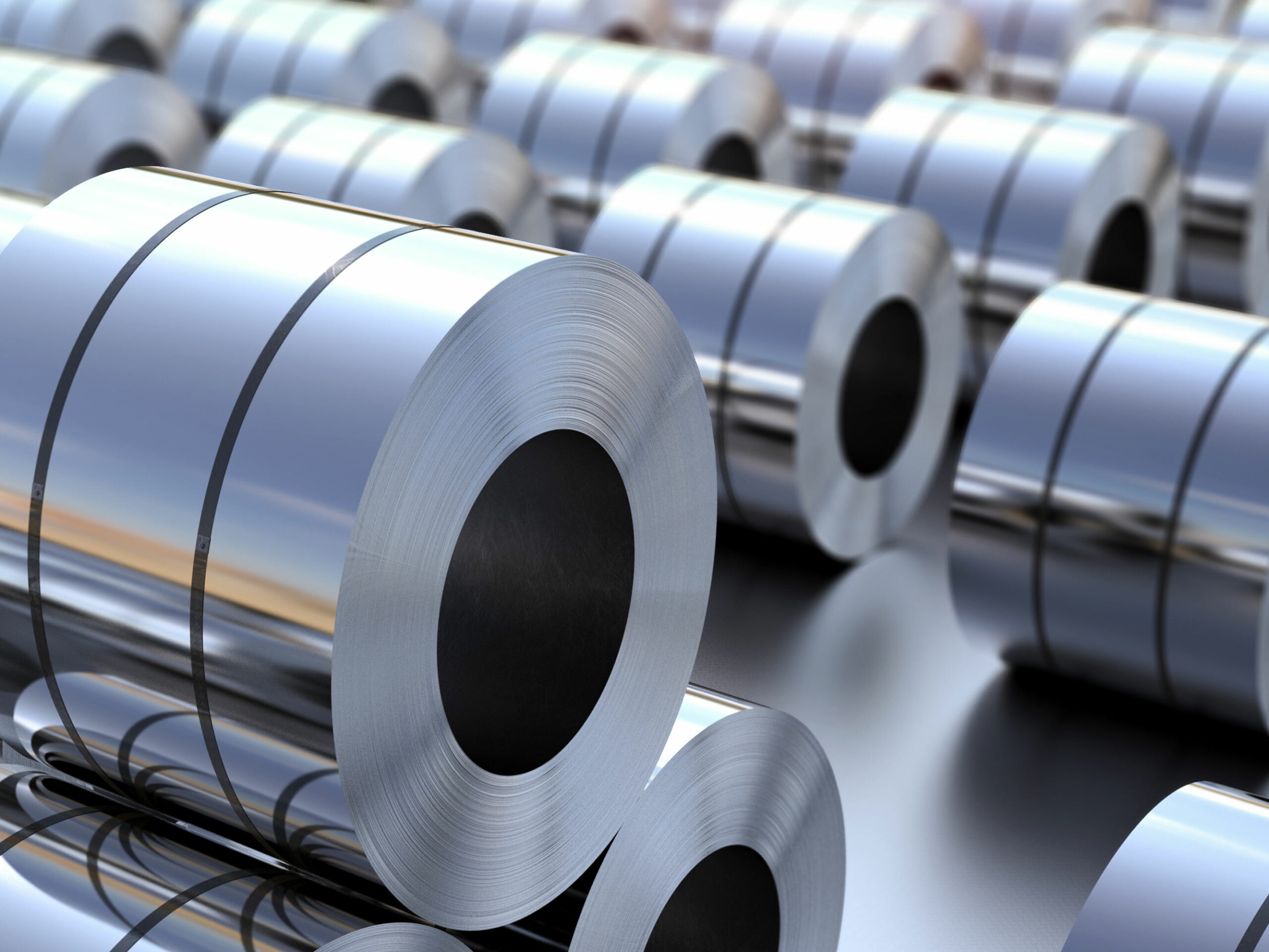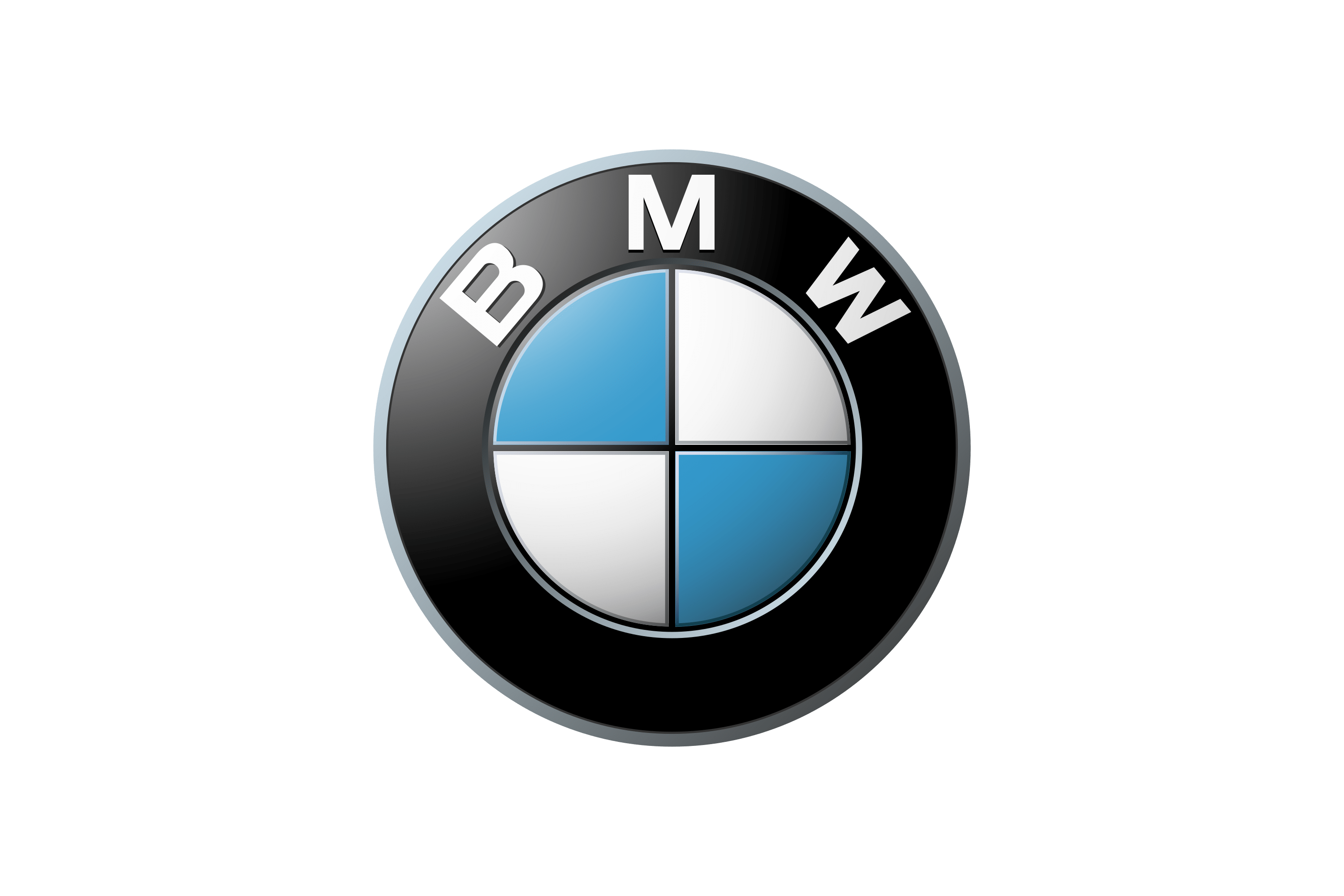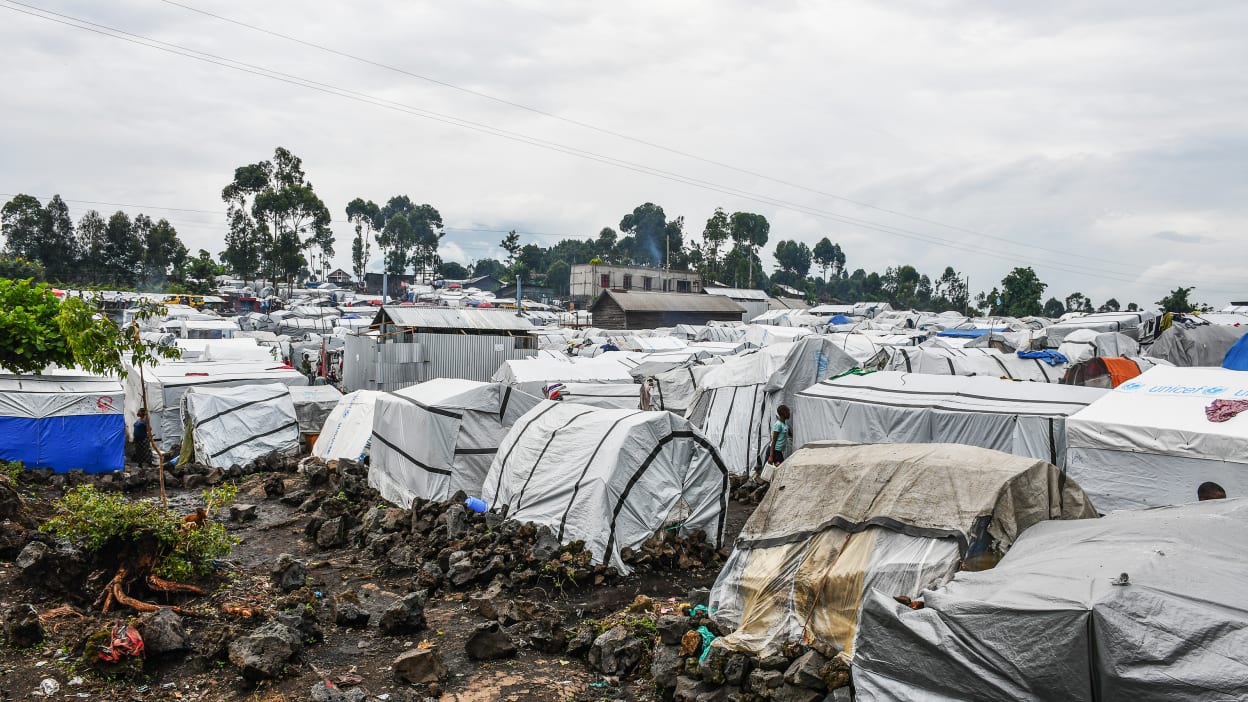ARM, Newmont explore PNG copper venture valued at $4–5bn


Quidah is an online platform that connects investors with curated opportunities and expert insights on Africa’s emerging markets, while offering businesses promotional services, partnership facilitation, and market intelligence to attract capital and grow their operations.
Industries
African Rainbow Minerals is assessing a multi‑billion‑dollar copper venture in Papua New Guinea with Newmont, a move that would shift growth capex toward energy‑transition metals with durable demand profiles. Management said liquidity of 13 billion rand in cash and 7 billion rand in facilities provides headroom to review the opportunity without immediate balance‑sheet pressure.
Chairman Patrice Motsepe said the contemplated partnership could require $4–$5 billion over time, highlighting the project’s scale and multi‑year horizon. He indicated ARM’s financial position—13 billion rand in cash plus access to a further 7 billion rand—supports pursuing large projects with flexibility on funding routes and timing.
Capital is currently directed to Australia and Papua New Guinea for copper while ARM continues investing in gold, PGMs, iron ore, and manganese in South Africa and maintains a copper position in Canada, preserving commodity and geographic diversification. Management frames the PNG option as aligned with decarbonisation trends and rising demand for critical minerals, consistent with copper’s role in electrification and grid expansion.
A project of this size would likely be phased and funded through a disciplined mix to protect dividend capacity and credit metrics, with existing liquidity acting as a bridge while partnership structures and potential project‑level financing help limit equity dilution and balance‑sheet risk. Newmont’s technical capabilities and project execution track record may reduce development and cost‑overrun risk, which is critical for schedule, budget, and ramp‑up in complex environments.
Papua New Guinea offers copper potential alongside permitting, community, and sovereign‑risk considerations that can affect timelines, capex intensity, and fiscal take, making clarity on approvals, stability agreements, and social licence key de‑risking milestones. Structural copper deficits tied to grids, renewables, and EVs support long‑run price assumptions, but cyclical volatility and construction‑phase inflation warrant contingencies and conservative hurdle rates to preserve project IRR resilience.
A higher copper weighting can enhance growth visibility and reduce single‑commodity earnings beta, and successful de‑risking through feasibility, FID, and early works could aid a re‑rating as execution risk declines, with investors monitoring study outcomes, ownership and governance with Newmont, capex phasing and procurement, funding mix and cost, permitting and community agreements, offtake strategy, and IRR/NPV sensitivity to copper prices.


